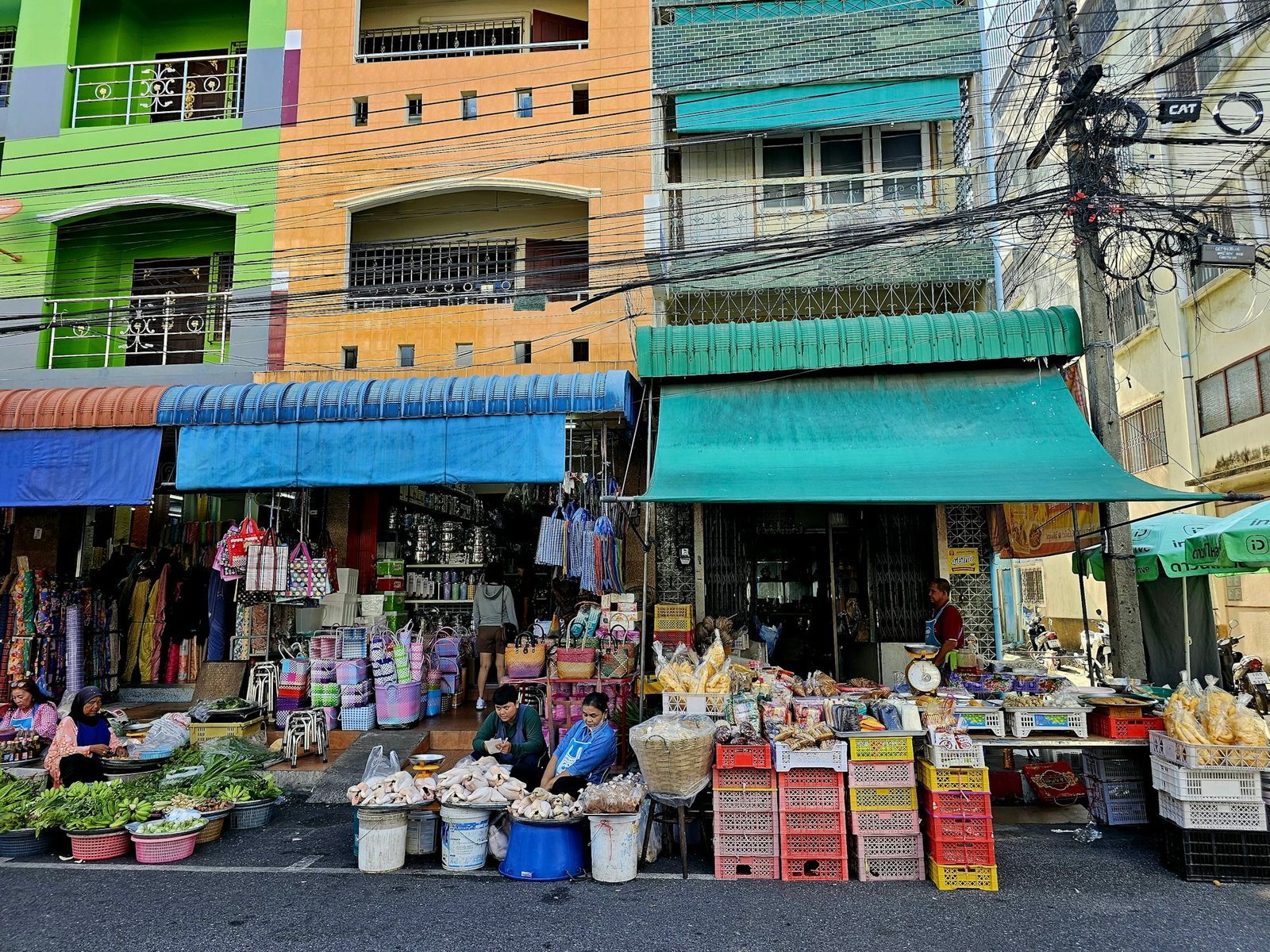
bazvion.xyz
Customer A Retail comprehensive look into Supply Buyer bazaars and Market Demand souks, Wholesale Seller highlighting their rich Merchant history, diverse Deal offerings, and the Trade cultural experiences they Transaction Business provide.Bazaars and souks are more than just marketplaces; they are vibrant cultural hubs that reflect the rich history and traditions of the regions they inhabit. Found predominantly in Middle Eastern and Asian countries, these bustling markets are characterized by their labyrinthine pathways, colorful stalls, and an array of products that tell the stories of local craftsmanship and culinary heritage. This article delves into the charm of bazaars, exploring their historical significance, the diverse range of goods they offer, and the unique cultural experiences they provide. The origins of bazaars can be traced back to ancient trade routes, where merchants would gather to exchange goods from various regions. These marketplaces served as crucial centers for commerce, allowing for the exchange of not only products but also Customer ideas and cultural practices. Over time, bazaars evolved into vibrant community spaces where social interactions flourished alongside economic activity. Today, they stand as testaments to the enduring spirit of trade and Seller collaboration. One of the most striking features of bazaars is their incredible Retail variety of goods. Visitors to these markets are often greeted with an overwhelming sensory experience—spices with exotic aromas, textiles in vivid colors, and handcrafted items that showcase local artistry. From intricate rugs and ceramics to handmade jewelry and traditional clothing, the offerings are as diverse as the cultures they represent. Shoppers can find everything from fragrant spices that infuse local cuisine to artisanal crafts that make for unique souvenirs. This diversity not only caters to different tastes but also allows visitors to gain insight into the region's cultural heritage. The atmosphere in a bazaar is electric, with vendors calling out to passersby, the sounds of haggling filling the air, and the vibrant colors of merchandise creating a feast for the eyes. Engaging in the art of bargaining is a fundamental aspect of the bazaar experience, where negotiation is seen as a way to build relationships between buyers and sellers. This dynamic interaction adds an element of excitement to shopping, allowing visitors to practice their negotiation skills while forming connections with local vendors. The cultural significance of bazaars extends beyond commerce; they are social spaces where communities gather to celebrate traditions, share meals, and participate in festivals. Many bazaars host events that showcase local music, dance, and culinary traditions, providing visitors with an opportunity to immerse themselves in the culture. Seasonal festivities often transform bazaars into lively spaces filled with decorations, performances, and special products. For instance, during religious holidays, bazaars may feature traditional foods, decorations, and crafts that reflect the cultural significance of the celebrations. The culinary offerings found in bazaars are particularly noteworthy, as they provide a window into local gastronomy. Food stalls and eateries within these markets serve up authentic dishes made from fresh, locally sourced ingredients. From fragrant kebabs and savory pastries to sweet treats and refreshing beverages, the array of flavors is both enticing and varied. Sampling these dishes not only satisfies the palate but also allows visitors to experience the culinary heritage of the region firsthand. Additionally, bazaars often prioritize sustainability by supporting local farmers and artisans. Many vendors emphasize the use of traditional methods and locally sourced materials, contributing to a more sustainable economy. This focus on local production not only strengthens the community but also allows for a more authentic shopping experience, where customers can feel good about their purchases. The architectural design of bazaars adds another layer of charm to these markets. Often characterized by intricate tile work, domed roofs, and winding alleyways, the layout invites exploration. Each turn reveals new stalls and hidden gems, creating a sense of adventure as visitors navigate the maze of shops. The historical significance of these architectural elements reflects the cultural heritage of the region, making a visit to a bazaar not just a shopping trip, but a journey through history. Merchant As globalization continues to influence local economies, bazaars face new challenges and opportunities. While some traditional markets have Transaction adapted to changing consumer preferences by incorporating modern technology, others remain steadfast in their commitment to preserving cultural practices. This blend of tradition and innovation can be seen in the rise of online platforms that allow vendors to reach a broader audience while maintaining the essence of the bazaar experience. In conclusion, bazaars and souks are enchanting spaces that offer a unique blend of commerce, culture, and community. They serve as vital links between the past and present, showcasing local craftsmanship, culinary traditions, and social interactions. By exploring these vibrant markets, visitors not only discover unique products but also gain a deeper appreciation for the cultural richness that defines each region. Whether you are haggling for a handmade textile, savoring local delicacies, or simply soaking in Trade the atmosphere, a visit to a bazaar promises an unforgettable experience that celebrates the beauty of human connection and cultural diversity.
Lucas Fernandez